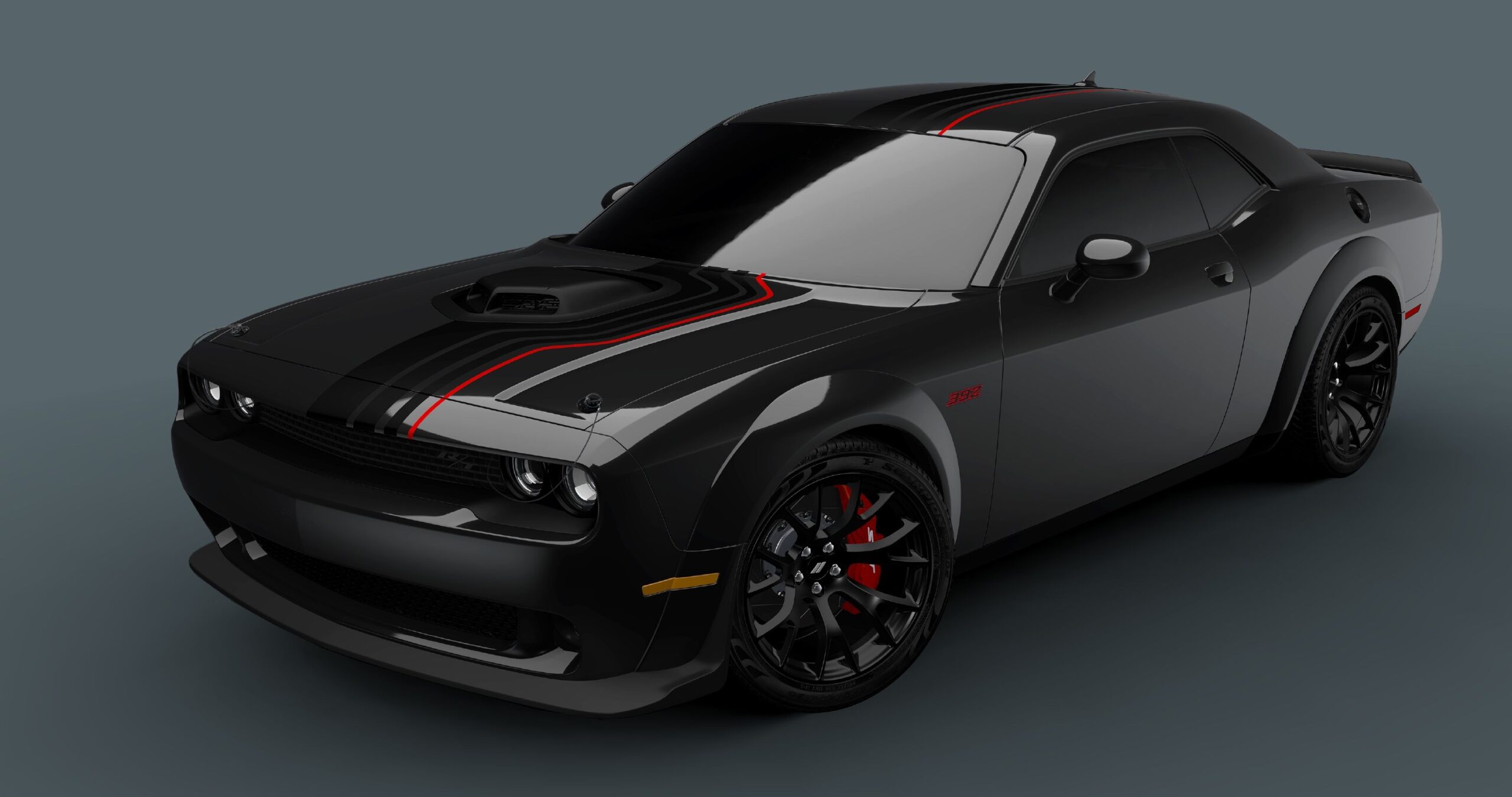Sports Mode in Cars: Performance Features and Fuel Consumption Impact
Understand sports mode in modern vehicles
Sports mode represent one of the virtually popular driving features in contemporary automobiles, basically alter how your vehicle respond to driver inputs. This specialized drive mode optimize various vehicle systems to deliver enhanced performance, create a more dynamic and engaging driving experience.
When you activate sports mode, your car’s computer system adjust multiple parameters simultaneously. The transmission shifts at higher rpm, throttle response become more aggressive, and steering feel typically become heavier and more precise. These changes work unitedly to create a sportier drive character that many enthusiasts find appealing.
How sports mode transform vehicle performance
The transformation that occur when engage sports mode extend far beyond simple acceleration improvements. Your vehicle’s entire personality changes through cautiously calibrate adjustments to key systems.
Transmission and engine response
Sports mode dramatically alters transmission behavior by hold gears retentive anddownshifte more sharply during deceleration. Rather of shift former for fuel economy, the transmission keeps the engine in its power band, typically between 3,000 and 6,000 rpm depend on your specific vehicle.
Engine mapping to change importantly. The throttle become more sensitive to pedal inputs, eliminate the delay response common in eco focus driving modes. TThis ismean yet small throttle adjustments result in immediate power delivery, create a more connected feeling between driver and machine.
Suspension and steering adjustments
Vehicles equip with adaptive suspension systems frequently firm up damp rates in sports mode. This reduces body roll during corner and create a more plant feel during aggressive driving. Thetrade-offf involve reduce ride comfort over rough surfaces, but improve handling precision.
Steer systems with variable assist reduce power assistance in sports mode, require more effort but provide better road feel. This change help drivers sense precisely what the front wheels are done, specially valuable during spirited driving or track use.
Sports mode’s impact on fuel consumption
Whether sports mode use more gas have a definitive answer: yes, sports mode typically increase fuel consumption. Understand why this happen help drivhappenske informed decisions about when to use this feature.
Primary factors affecting fuel economy
Sports mode’s fuel consumption increase stem from several mechanical and operational changes. Higher rpm operation keep the engine work heavily, level during normal driving conditions. While an engine might typically cruise at 1,500 rpm in normal mode, sports mode might maintain 2,500 rpm for the same speed.
Aggressive throttle mapping besides contribute to increase consumption. The enhanced sensitivity mean drivers much apply more throttle than necessary for give situations, lead to higher fuel usage level during moderate acceleration.
Transmission behavior play a significant role equally advantageously. By hold gears farseeing and downshift more oftentimes, the engine ooperatesin less efficient rpm range more frequently. This strategy prioritize performance over economy, result in measurably higher fuel consumption.
Quantify the fuel economy impact
Real world testing show sports mode typically reduce fuel economy by 10 25 % compare to normal driving modes. The exact impact vary base on drive conditions, vehicle type, and individual driving habits.
Highway driving show the smallest impact, much barely 5 10 % reduction, because sustained speeds don’t trigger many of sports mode’s aggressive behaviors. City drive experience the largest impact, sometimes reach 30 % higher consumption due to frequent acceleration and the mode’s emphasis on immediate throttle response.
When sports mode make sense
Despite increase fuel consumption, sports mode serve valuable purposes in specific drive scenarios. Understand these situations help maximize the feature’s benefits while minimize unnecessary fuel waste.
Performance driving situations
Mountain roads with frequent curves benefit importantly from sports modes enhance throttle response and firmer suspension settings. The improved handling characteristics and immediate power delivery make navigate challenge roads safer and more enjoyable.
Highway merging represent another ideal sports mode application. The aggressive throttle response and transmission behavior provide confidence when merge into fasting move traffic, potentially improve safety through better acceleration capability.
Track days or autocross events apparently benefit from sports mode’s performance orient calibrations. The enhanced response and handle characteristics help drivers extract maximum performance from their vehicles in control environments.
Everyday driving considerations
Some drivers enjoy sports modes enhance engagement during routine commuting. The improved throttle response and steering feel can make mundane drives more interesting, though this come at the cost of fuel economy.
Pass situations on two lane roads benefit from sports mode’s immediate response. The enhanced acceleration capability can reduce the time spend in oncoming traffic lanes, potentially improve safety during overtake maneuvers.
Optimize sports mode usage
Smart sports mode usage involve understanding when the performance benefits justify the fuel economy penalty. Strategic application maximize enjoyment while minimize unnecessary consumption.
Selective activation strategies
Many experienced drivers activate sports mode exclusively when they anticipate need enhanced performance. This might include enter mountainous terrain, approach highway on ramps, or begin especially engage driving routes.
Modern vehicles make mode switch easygoing, frequently require simply a button press or drive mode selector adjustment. This convenience enable drivers to adapt their vehicle’s character to match driving conditions and personal preferences.
Some drivers establish personal rules for sports mode usage, such as exclusively engage it on weekends or during recreational drives. This approach maintain fuel economy during routine driving while preserve the enhance experience for special occasions.
Balance performance and economy
Understand your vehicle’s other drive modes help optimize the balance between performance and efficiency. Many cars offer eco-modes that prioritize fuel economy, provide a counterbalance to sports mode’s consumption.
Normal or comfort modes typically provide reasonable performance while maintain good fuel economy. These modes serve as effective compromises for most drive situations, reserve sports mode for times when enhance performance genuinely add value.
Technical variations across vehicle types
Sports mode implementation vary importantly across different vehicle categories and manufacturers. Understand these variations help set appropriate expectations for your specific vehicle.
Luxury vehicle implementation
Premium vehicles oftentimes feature sophisticated sports mode calibrations with multiple sub settings. These might include separate adjustments for engine, transmission, suspension, and steering, allow drivers to customize their experience.
High-end sports cars often offer track focus sports modes that dramatically alter vehicle behavior. These extreme settings prioritize maximum performance over comfort or fuel economy, suitable exclusively for control environments.
Mainstream vehicle applications
Economy focus vehicles typically offer more modest sports mode enhancements. While smooth provide improved throttle response and altered shift points, the changes remain comparatively subtle compare to dedicated performance vehicles.

Source: sleeklens.com
Hybrid vehicles present unique sports mode characteristics, frequently combine electric motor assistance with traditional engine modifications. This can provide impressive acceleration improvements while maintain reasonable efficiency compare to conventional powertrains.
Future developments in sports mode technology
Automotive technology continue to evolve, bring new capabilities to sports mode implementations. These advances promise enhance performance with potentially reduce efficiency penalties.

Source: nytimes.com
Adaptive learning systems
Emerge sports mode systems learn individual drive patterns and preferences. These intelligent systems adjust calibrations base on driver behavior, potentially provide personalized performance enhancement while minimize unnecessary fuel consumption.
GPS integration allow future sports modes to anticipate road conditions and adjust settings proactively. This technology could mechanically engage enhanced performance settings when approach challenging drive sections while maintain efficiency during routine travel.
Electric vehicle integration
Electric vehicles offer unique sports mode possibilities through instant torque delivery and sophisticated battery management. These systems can provide dramatic performance enhancement with different efficiency trade-offs compare to traditional combustion engines.
Regenerative braking integration in electric sports modes can part offset energy consumption increase through enhance energy recovery during deceleration. This technology help minimize the efficiency penalty traditionally associate with performance orient driving modes.
Make informed sports mode decisions
Understand sports mode’s capabilities and limitations enable informed decisions about when and how to use this feature efficaciously. The key lie in match the mode’s characteristics to your driving needs and priorities.
Sports mode undeniably uses more gas than standard driving modes, but this consumption increaseservese a specific purpose. The enhanced performance, improve throttle response, and sportier handle characteristics provide tangible benefits in appropriate situations.
Smart usage involve recognize when sports mode’s advantages justify its fuel economy penalty. Whether navigate challenging roads, enjoy recreational drives, or need enhanced performance for safety reasons, sports mode serve as a valuable tool in the modern driver’s arsenal.
The decision to use sports mode finally depend on individual priorities and drive circumstances. Understand both the benefits and costs allow drivers to maximize their vehicle’s capabilities while make choices align with their personal preferences and practical needs.


